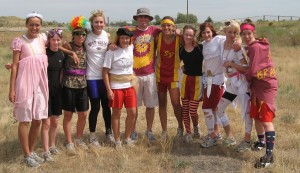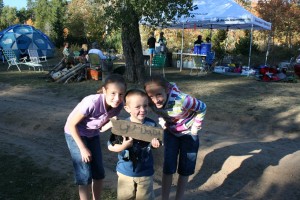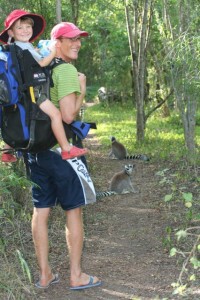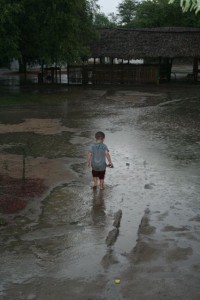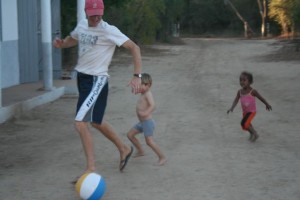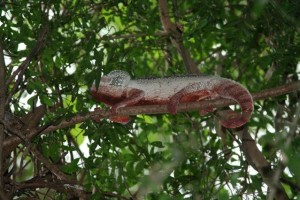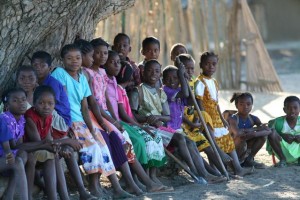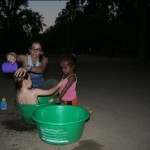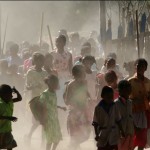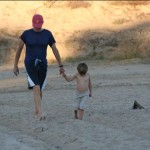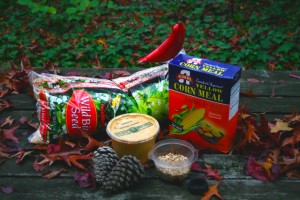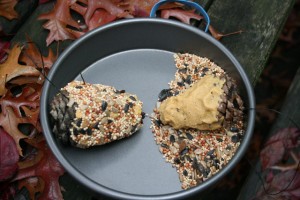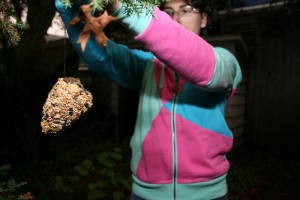…continued from Friday’s post.
Ty and Andi’s responses to the first question typify the challenge of parenting, outdoor or otherwise. Their discussion also made me chuckle because Jennie and I have had nearly the same discussion many times. We love our spouses and our children. But we also have other goals and interests that are important to us. Our spouses often share those goals, but as parents it’s just not possible to pursue them together while leaving the kids at home. There’s just no getting around the fact that someone is out having fun while the other spouse is dealing with all of the mundane or unpleasant tasks that just have to be done in a family. We all have to figure out a way to make it work in our own relationships. What works for some won’t work for others. But the important qualities that come with being a parent – sacrifice, unselfishness, patience, love – also enable spouses to continue to enjoy their outside pursuits.
OP: Do you kids like to run?
Ty: They do. Noah likes to run with me.
Andrea: He begs to go.
Ty: They come to a summer camp we do with another high school. They dabble in it a little bit.
Andrea: The girls were the fastest 4th grade girl runners in the sprints at the end of the school year, so they’re fast.
OP: Do you think they’ll do cross-country and track?
Andrea: We’re going to fight because it’s the same time as soccer, and I’m a soccer player.
Ty: I just stay right out of it. Being a coach I’ve dealt with those parents, and I’m not going to be that parent. I’ll just lead by example and maybe Noah will play the flute or something. We haven’t really pushed them, we’ll see I guess. They’ll probably really like it or really hate it.
OP: What other kind of outdoor things do you do with the kids?
Ty: Andrea went with the girls, they like to snowboard a lot. They went a couple times this last winter. We took everyone out cross-country skiing…
Andrea: They hated it. But they’re going to learn to like it.
OP: Cross-country skiing seems to be an adult thing.
Andrea: Yeah, you know it wasn’t fast, they’re like “We could be walking in the snow”
Ty: That’s what Kayla said, “Why would I walk with these big things on my feet when I can just walk on the snow?” I got nothin’. Good point, I don’t know why we do this. (Laughter all around)
Andrea: We like national parks. We’ve got the pass, so every time Ty’s gone for a weekend I just take the kids and we go play at Jenny Lake, go take pictures and stuff, go play without him.
It was easy to see that the Draney kids are at home in the outdoors. The Vaquero Loco races end at Cottonwood Lake, where Ty greets each runner at the finish line. He and Andrea (well, mostly Andrea, I suspect) put on quite a feast – burgers, watermelon, chips, and huckleberry sodas. I think Andrea spent most of the day in front of the grill with a smile on her face. Their kids roamed the lakeshore, playing with each other and the other racers’ kids. They’d occasionally wander up to check in with Mom and Dad, but then it was back to playing.
OP: What’s your favorite outdoor parenting story?
Ty: I do believe that with kids you’re always teaching, sometimes it’s good sometimes it’s bad. We had them all out at this cross country camp this summer. I dragged the kids out for a run and the girls ran out ahead with the other kids. Noah was with me and he’d just listened to this pep talk from one of the other coaches. So he said, “Dad, this is kind of like your email.” And I’m wondering, “What are you talking about?” We have this web portal through the school district and when it opens up there’s this cheesy thing like, “Don’t just dream it, live it!”. And he says, “Are we livin’ it?” He’d already fallen and taken this digger on the trail, and he’s got mud on his face from drying his tears. We’re running down the trail about as fast as a six-year-old can. And he asks, “Are we livin’ it?”
“Yes sir! We’re livin’ it!”

